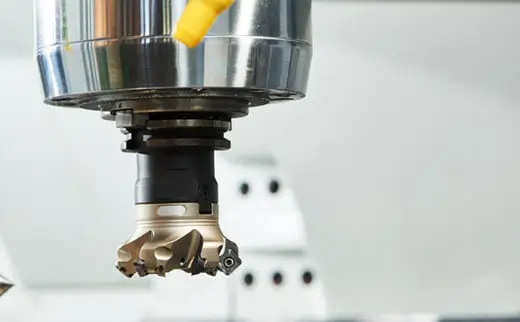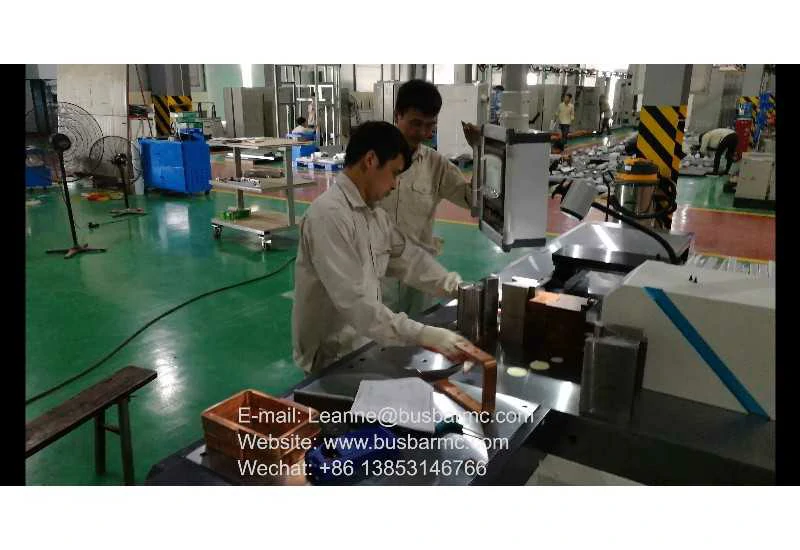CNC machining has evolved into one of the most critical manufacturing processes used in workshops around the world. Adding computerized control to a previously manual process has resulted in leaps and bounds in the accuracy and precision of machined parts.
Additionally, due to the increasing complexity of the requirements of various industries, CNC machines have undergone several evolutions to better meet the needs of our customers.
The evolution of CNC machining technology has given rise to various forms and variations of the technology. These include 3-axis, 4-axis and 5-axis CNC machines.
As a leading provider of CNC machining services, we often receive questions from our customers about how these technologies work. So, we decided to learn more about them through this article.
This article will focus on how each technology works, its advantages, disadvantages and applications. Most importantly, we will show you how to choose the best type of CNC machining for your project.
So, let’s start with 3-axis CNC machining.
What is 3-Axis CNC Machining?
3-axis CNC machining is the simplest and most common form of CNC machining. This process uses a rotating tool that moves along 3 axes to machine a stationary workpiece.
The cutting tool moves along the X, Y, and Z axes to trim excess material from the part. In addition, it can even move along these multiple axes simultaneously to create the desired design.
This means that the CNC machine can cut into the workpiece from side to side, front to back, up and down. However, the table that holds the workpiece cannot move freely at all.
The Benefits
3-axis CNC machining is still widely used despite the more advanced systems available in the industry today. So, let’s take a look at some of the advantages of keeping it.
Low Cost
3-axis CNC machining is best suited for quick production of basic geometries and simple parts. Moreover, programming and setting up computers for production runs is relatively easy in 3-axis machining.
Versatility
3-axis CNC machining is a highly versatile process for manufacturing parts. Various operations such as drilling, milling and even turning can be performed by simply changing tools.
These machines also incorporate automatic tool changers, which extends their capabilities.
Disadvantages
3-axis machining is also hindered by a number of factors that prevent it from meeting all machining needs. Some of these factors include:
Design limitations
With 3-axis CNC machining, you are limited to basic shapes and geometries, for example, it is not possible to create undercut features. Although the machine can do more in the hands of a skilled machinist, it still cannot match the complex shapes that are obtainable with 4-axis and 5-axis CNC machines.
In addition, it is not suitable for machining parts with exceptionally deep features or narrow cavities.
Multiple setups
Because the table holding the part is stationary, the machinist must change its orientation multiple times to machine its other faces.
This reorientation leads to a loss of accuracy, not to mention the time wasted in doing so.
Poor surface finish
3-axis machining yields relatively poor surface finishes, especially on Z-cuts. This happens because the tool is longer. As a result, it experiences more vibrations, which can ruin the finish of the product.
5-axis cnc machining
Applications
3-axis CNC machining is still a very useful process. We can use it to create a variety of basic geometries with high precision.
These applications include:
2 and 2.5D pattern engraving slot milling and face milling threaded holes in line with the machine axis. Drilling holes, etc.
What is 4-axis CNC machining?
4-axis CNC machining offers a significant upgrade over 3-axis machining. It adds additional degrees of freedom through rotary motion, making it possible and more straightforward to machine complex features.
In 4-axis CNC machining, the tool moves freely in the X, Y, and Z axes to machine the workpiece. However, the workpiece does not remain stationary on the table as in 3-axis machining.
A 4-axis CNC machine can rotate the workpiece around the X-axis in a plane called the A-axis. Therefore, as the tool moves along the workpiece and the table rotates it, you can cut along the contour of the workpiece.
Benefits
Many advantages come from choosing a 4-axis CNC machine for your manufacturing project. Here are some of them
Enables greater design complexity
Because the table rotates around the X-axis, 4-axis CNC machines can produce intricately detailed parts. Additionally, the extra rotation makes it possible to access and machine parts on other faces at odd angles to create the final part.
High Precision and Accuracy
A 4-axis CNC machine can access multiple faces of a workpiece without having to adjust or change fixtures. As a result, parts made with it are highly accurate and meet exacting standards.
Higher Speed and Lower Production Costs
Most of the work done on a 4-axis CNC machine requires only one clamping. As a result, work can run smoothly without the need for downtime or intervention to change fixtures and tools.
Additionally, since multiple fixtures are not needed to hold the part in place, production costs are significantly lower, especially when compared to 3-axis machining.
Disadvantages
4-axis CNC machines also have some drawbacks that may make them unsuitable for some customers. Let’s take a look at them.
High running costs
The cost of running a 4-axis CNC machine is relatively high compared to running a 3-axis CNC machine. This is due to the additional features of the machine and the specialized labor required to operate the machine.
4-Axis Machining
4-axis CNC machining opens up a wide range of manufacturing possibilities. Some of its applications include:
Carving curved geometric shapes or machining cylindrical sides and contours turning and milling (on the same machine). Cutting side holes and pockets.
What is 5-axis CNC machining?
5-axis machining is the most accurate, state-of-the-art method of manufacturing complex, precision metal parts on the shop floor.
In a 5-axis CNC machine, the tool moves in the X, Y, and Z axes, just like in a 3-axis machine. In addition to this, the table rotates the workpiece around the X and Y axes.
These planes of rotation are called the A and B axes, respectively.
These additional rotations open up other sides of the workpiece that could not be machined before. Thus, with 5-axis machines, accurate 3D machining is possible because the machine moves in the XYZ axes and rotates in the A and B planes at the same time.
What is 3+2 Axis Machining?
Some people tout 3+2 axis machining as being the same as 5 axis machining, but this is not the case. Although both can move in the same direction, they move differently.
In a true 5-axis milling machine, the tool can move in the XYZ axis while the table rotates in both the A and B axes. However, this simultaneous movement is not possible on a 3+2 axis milling machine.
A 3+2 axis machine can only move the table by rotating the table along the X and Y axes before cutting begins. It cannot perform this operation in real time when cutting in the XYZ axis.
Benefits
There are many advantages to using a quality 5-axis CNC machining service.
Complex Part Creation
Because of this, 5-axis CNC machining is very popular in the aerospace, automotive, and energy industries.
It can handle a wide range of curved geometries, narrow cavities, overhanging features, and more that other machining methods can’t even cover.
Reduced Lead Times
Manufacturing parts with 5-axis CNC machines is a very fast job. It does not require multiple setups to change fixtures or part orientation. It creates incredibly complex shapes in a single-step machining process.
Incredible surface finish
Thanks to 4 and 5-axis motion, the 5-axis machine can orient the part closer to the said cutting tool. This allows for cleaner and more accurate cuts, resulting in a top-notch surface finish.
Disadvantages
The only downside to 5-axis CNC machining is its cost. The premium services and features it offers make it more expensive than 3- and 4-axis machining.
However, for applications that require ultra-high quality, the extra cost is worth it.
Applications
Some typical applications for 5-axis machining include:
Machining complex shapes to create sloped surfaces High precision, low tolerance applications



